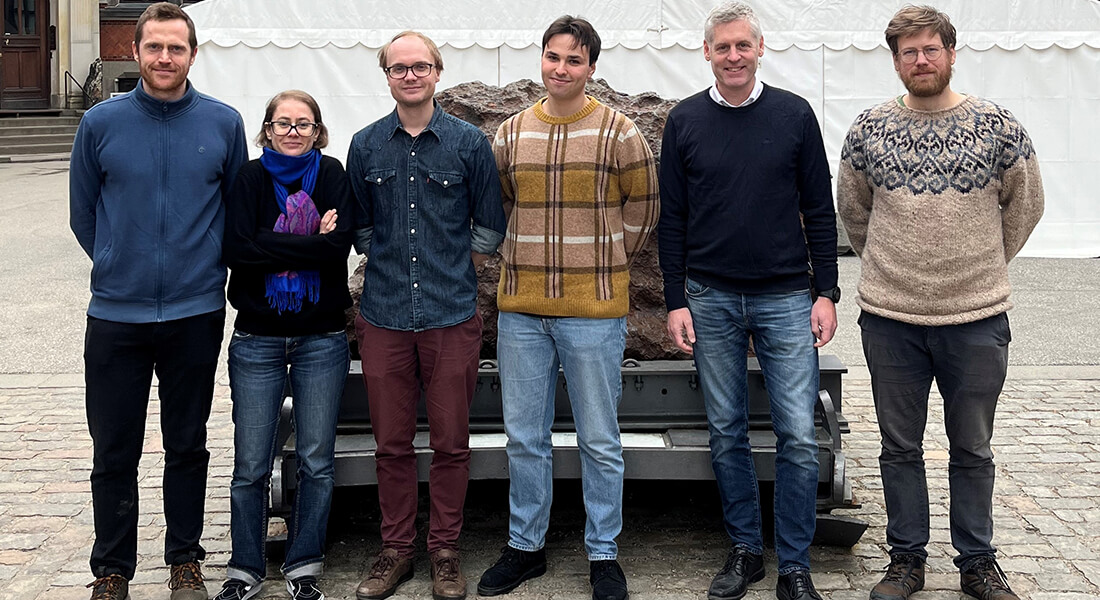Origin of life - From a nanometer perspective in the Hassenkam Group
The overall goal of the Hassenkam Group is to understand how life originated on Earth. We assume that life began very simple and became more and more complex over time. We use nano-science tools to study the geochemical remains of early life forms, and to replicate the environments in which they formed.

The logic consequence of Darwinian evolution is that life started very small and very simple.
At its core Darwinian evolution can be defined by 3 rules: Reproduction, variation and selection. The simplest Darwinian precursor to life as we know it would be a molecule or small set of molecules that would be able to replicate and adapt in an environment consistent with early Earth. We will try to recreate such molecular systems in the lab. To understand how life evolved and the environments that it evolved in, we need to study the geological record for clues.
Remains of life from deep time are often preserved only in trace amounts. Nano Science tools can help us understand the structure and chemistry of these remains, and the precursor molecules.
-
Elements of Eoarchean life…. Nature 548, 78-81 (2017).
-
Bizard et al. Nature Structural & Molecular Biology 26, 267-274(2019).
-
Lui. et al. Carbon 127, 141-148(2018).
Full list of publications by Tue Hassenkam
Group members
| Name | Title | Phone | |
|---|---|---|---|
| Bardenshtein, Yulii | PhD Fellow | +4535335783 | |
| Boyd, Austin Jarl | Academic Research Staff | +4535324516 | |
| Eiby, Simon Holm Jacobsen | PhD Fellow | ||
| Hassenkam, Tue | Associate Professor - Promotion Programme | +4535325618 |

